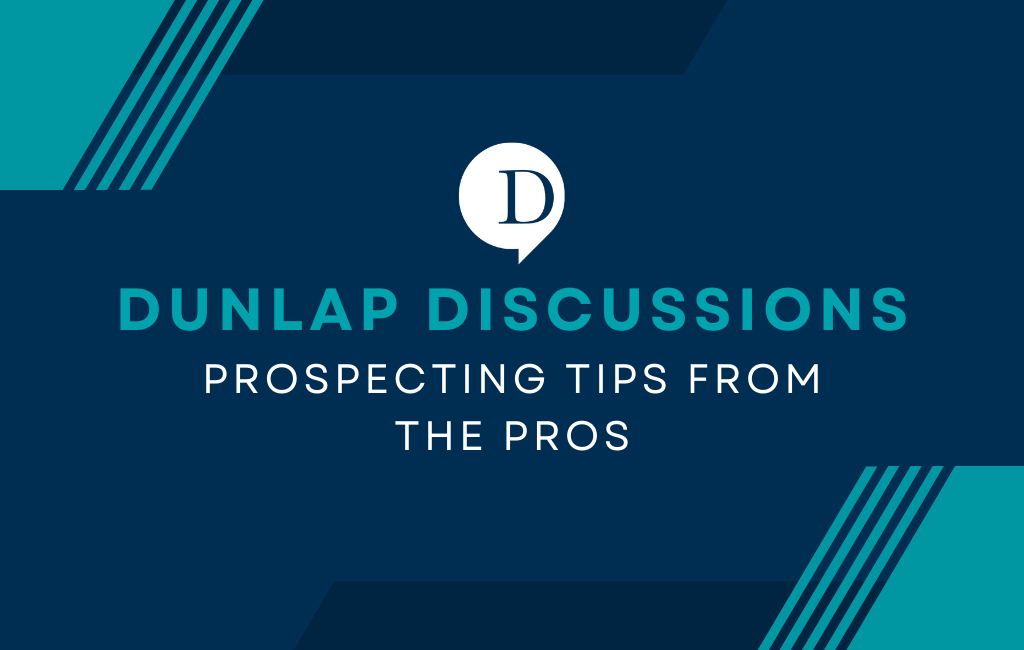The time has come to wrap up our three-part series, Dunlap Discussions: Prospecting Tips from the Pros, with the grand finale.
(Did you miss part one and two? Find them here and here!)

The intention of this series is to help salespeople and marketers who are tasked with prospecting. The tips and suggestions from this series have been captured from our team of appointment setters, who have an average of more than 15 years of experience in the industry.
In parts one and two, we covered tips on 1) preparing to make prospecting calls, 2) connecting with the decision maker, 3) speaking with the decision maker, and 4) asking for an appointment. In part three, we will wrap up with tips on closing out a call and general prospecting calling tips.
Closing a call:
It’s the finish line – the way you close your conversation will play a part in the impression you’ve made on this decision maker, which ultimately plays a part in the decision maker deciding if he/she is going to follow through and attend the appointment you just scheduled.
As a whole, the Dunlap Marketing team feels strongly about two things when it comes to these final moments of a call:
- Be gracious
- Review all appointment details
Gratitude is always appreciated – the small effort it takes on your end can positively impact the receiver monumentally. In fact, it might just be what sets you apart from your competitor. One thing that’s guaranteed: you won’t regret being gracious.
Reviewing all appointment details is a quick way to solidify the agreement the decision maker just made. Quickly verify the pertinent information such as time, date, location, email address, and phone number, if applicable. While you’re at it, if you’re going to send a calendar invite following the phone conversation (which we highly suggest), let the decision maker know to be on the lookout for it.
General tips:
This final round-up of tips falls into a “catch-all” category. Many of these tips are some of our favorites, so don’t pass them up!
- Confidence is key
- Always be respectful – no matter who you’re speaking with
- Tactful persistence – don’t give up after the first few “nos”
- Gatekeepers are not your enemy – they can actually be your ally
- If a prospect asks you a question, first answer their question, then follow up by suggesting an appointment
And that’s a wrap! If you have any follow up questions, please feel free to email us at either miked@dunlapmarketing.com or kaitlind@dunlapmarketing.com. Happy prospecting!


